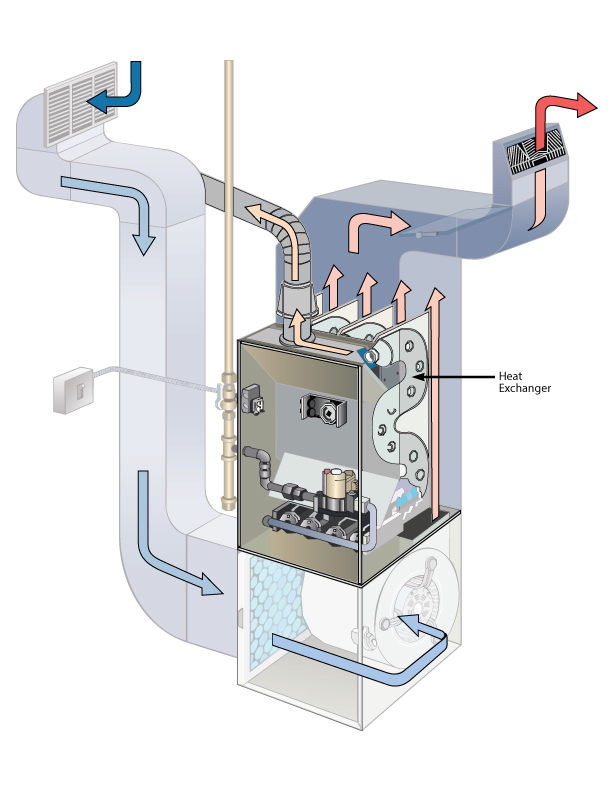As the cold winter air sets in, a warm and cozy home is a sanctuary. However, an overheating furnace can quickly turn that comfort into a sweltering nightmare. Instead of shivering in discomfort, follow these expert-backed tips to fix your overheating furnace and restore warmth to your home.

Image: ranshaw.com
Common Causes of an Overheating Furnace
- Dirty filters: When filters become clogged with dust and debris, they restrict airflow, which can cause the furnace to overheat.
- Restriction in the exhaust vent or fresh air intake: A blocked exhaust vent or an obstructed fresh air intake can also reduce airflow to the furnace, causing it to overheat.
- Badly adjusted gas valve: A malfunctioning gas valve can supply too much fuel to the furnace, resulting in an overheating condition.
- Broken or damaged blower motor: The blower motor is responsible for circulating air through the furnace’s heat exchanger. A defective blower motor can lead to poor air circulation and overheating.
Step-by-Step Guide to Fixing an Overheating Furnace
-
Safety First: Before starting any repairs, ensure the furnace is turned off and disconnected from its power supply. Allow it to cool down before handling any components.
-
Replace Dirty Filters: Start by replacing any clogged or dirty filters in your furnace. Clean filters allow proper airflow and prevent the buildup of dust and debris on furnace components.
-
Check Exhaust and Intake Vents: Inspect the exhaust vent and fresh air intake vent for any obstructions such as leaves, snow, or debris. Clean out any blockages to ensure proper air exchange.
-
Inspect Gas Valve: If you have a gas furnace, check the gas valve. It should be open enough to provide sufficient fuel but not too much to cause an overheating condition.
-
Test Blower Motor: Listen for any unusual noises coming from the furnace. A damaged or faulty blower motor can make grinding or squealing sounds. If you hear such noises, contact a qualified HVAC technician.
-
Other Factors: In addition to the above steps, consider these factors that may contribute to an overheating furnace:
- Undersized Furnace: If your furnace is too small for the size of your home, it may overheat trying to keep up with the demand.
- Dirty Burner: A dirty burner can cause uneven heating, which can lead to overheating.
- Damaged Electrical Connections: Bad electrical connections can interfere with the proper functioning of the furnace’s controls and components.
Expert Insights and Actionable Tips
-
“Regular furnace maintenance is key to preventing overheating issues,” advises Stacey Harper, a certified HVAC technician with 20 years of experience. “Schedule annual tune-ups to have your furnace inspected for potential problems and to ensure all components are functioning efficiently.”
-
“If you notice your furnace overheating frequently, it’s essential to call a professional for further diagnosis,” recommends Jake Zimmerman, a licensed contractor. “Attempting complex repairs yourself can be dangerous and could worsen the problem.”
Conclusion:
An overheating furnace can disrupt the comfort of your home. By understanding the common causes and following the steps outlined in this article, you can effectively fix the problem yourself or determine when it’s best to consult a qualified HVAC technician. Remember, regular maintenance and prompt attention to overheating issues will prolong the lifespan of your furnace and keep your home warm and cozy for years to come.

Image: www.pinterest.com
How To Fix Overheating Furnace







